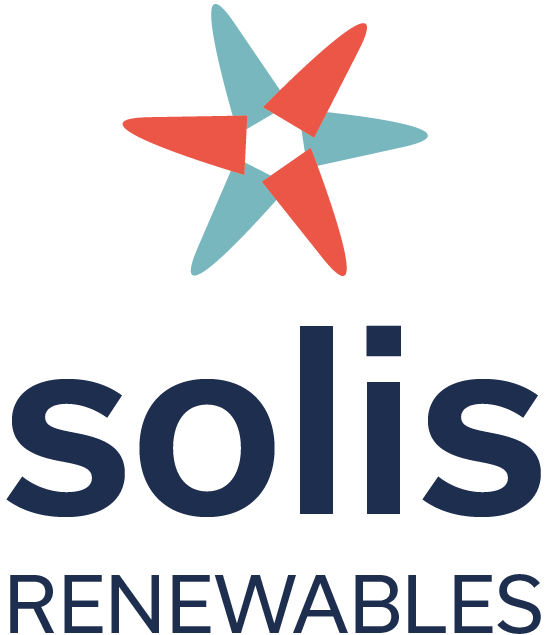Power Plant Interconnection: The Study Process and Interconnection Queues
As the demand for clean and renewable energy sources continues to rise, the supply of projects seeking to connect o the electricity grid is increasing. However, before a power plant can be built, it must undergo a series of interconnection studies to determine the necessary upgrades and costs associated with connecting to the grid.
This process, known as the interconnection study process, plays a crucial role in ensuring the reliability and efficiency of the electrical system. In this blog post, we will delve into the world of interconnection queues, explore the study process, and shed light on the types of studies conducted.
What Are Interconnection Queues?
Interconnection queues are lists of projects that have applied to connect to the grid and have initiated the interconnection study process. These queues are compiled by utilities and regional grid operators, also known as independent system operators (ISOs) or regional transmission organizations (RTOs).
The projects in these queues represent a diverse range of power generation and transmission plays, with a significant focus on solar, wind, and energy storage resources. It's important to note that while many projects apply for interconnection, only a fraction of them ultimately make it through the entire process and become operational.
How Many ISOs / RTOs Exist?
The US currently has seven ISO/RTOs - California ISO (CAISO), Electric Reliability Council of Texas (ERCOT), Southwest Power Pool (SPP), Midcontinent Independent System Operator (MISO), Pennsylvania-New Jersey-Maryland (PJM), New York Independent System Operator (NYISO), and ISO New England (ISO-NE).
These ISO/RTOs, along with non-ISO/RTO utilities, run the interconnection study process. The interconnection customer (IC) submits their project directly to the ISO/RTO or utility. From there, the IC is a counter-party to all agreements that are required once a project submits an interconnection request (IR).
Typical Interconnection Study Process and Timeline:
The number of studies and timeline to complete studies depends on the ISO/RTO or utility. However, the typical interconnection study process is as follows:
Interconnection Request (IR): Project developers initiate the process by submitting an IR to the ISO/RTO or utility, including essential project data and documentation like site control agreements.
Feasibility Study (FS): The FS assesses the project's high-level cost and impact on the overall electrical system, identifying any necessary upgrades or modifications.
System Impact Study (SIS): This study evaluates the impact of the project at the point of interconnection and nearby networks, ensuring compliance with reliability and safety standards.
Facilities Study (FAC): This study, sometimes optional for projects 20 MW and below, focuses on the electrical configuration, price, and timeline required to complete the interconnection successfully.
Interconnection Agreement (IA): The ISO/RTO or utility tenders the IA at the completion of the SIS (projects 20 MW or less) or FAC which allows the project to advance toward construction of the interconnection and power generation facilities.
Project Developers and Interconnection Queues:
To submit a project to the interconnection queue, project developers must initiate the process by submitting an IR to the ISO/RTO or utility. This request includes detailed information about the project, such as its fuel type, size (MW), location, commercial operation date (COD), operating data, and point of interconnection.
Once the IR commences, the project follows the interconnection study process of the ISO/RTO or utility, which can last several years. Lately, primarily due to the number of projects in interconnection queues, the interconnection study timeline is increasing. However, the Federal Energy Regulatory Commission along with other organizations have proposed new rules and ways to expedite the interconnection study process.
Closing Thoughts:
The power plant interconnection study process is a critical step in integrating new energy resources into the electrical grid. The interconnection study process, with its various stages and studies, ensures that projects meet reliability standards and identifies the necessary upgrades for successful grid connection.
Interconnection queues, compiled by utilities and regional grid operators, provide a comprehensive snapshot of proposed projects and their progression through the study process. While the process can be complex, time-consuming, and expensive, it is an essential component of building a sustainable and resilient energy infrastructure.
